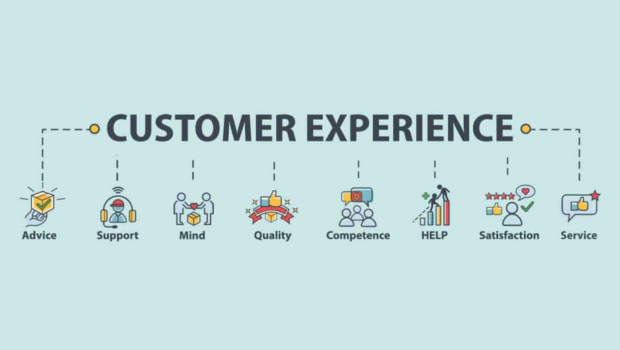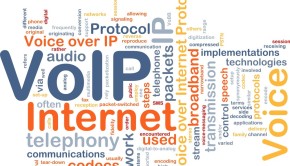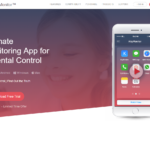What is Quality of Experience in Telecommunication and How Do You Measure it?
QoE, or Quality of Experience, is a term that refers to the quality of an experience. It’s the degree to which customers are happy with a service, such as an app, video streaming service, or website. QoE is significant for telecom companies and Internet service providers since it offers information on how users view the quality of their services. Latency, jitter, and packet loss are all examples of factors that may influence QoE.
By paying attention to QoE, companies that offer telecom services can pinpoint issues and work on improving the quality of their product. Furthermore, QoE information can be used as a means of measuring how well they’re performing in comparison to other similar brands. When it comes down to it, QoE is most useful for understanding and enhancing the customer experience.
In this article, we’ll be exploring in detail exactly what quality of experience is for telecommunication services, and how to measure it.
The Importance of QoE for TelCo Brands
The end-user QoE level is the key element in telecommunication services subscriber loyalty. In order to maintain the objective service performance standards as well as subjective user impressions on a high level, quality of experience goes deeper than quality of service. As a result, to be able to improve their services on-the-fly, service providers must know their users’ QoE in real time.
How to Measure QoE for TelCo Brands?
There are two types of QoE measurement: active and passive. With active measurements, users are asked to take part in a survey in order to rate their experience with the service they’re using. This provides telecom companies with direct feedback that can be used to improve the quality of their services.
Passive measurements, on the other hand, don’t require any input from users. Instead, data is collected automatically through different monitoring tools. This data is then analysed to get an understanding of how users are experiencing the service.
Both active and passive measurements have their own advantages and disadvantages. Active measurements are great for getting detailed feedback from users, but they’re also time-consuming and expensive. Passive measurements, on the other hand, are less expensive and don’t require any input from users, but they can also be less accurate.
In order to get the most accurate picture possible, it’s best to use a combination of both active and passive measurements. This way, you’ll be able to get direct feedback from users as well as data that’s been collected automatically.
Ensuring Quality of Experience
Quality of Experience, or QoE, is the capacity telecommunications operators have to monitor different parameters that affect user satisfaction. By improving user satisfaction, these solutions also improve customer loyalty overtime. In recent years, there has been a growing awareness of how important QoE is in the telecommunication industry and as a result, many new solutions have emerged to help with this problem.
Quality of Experience is difficult to accurately measure because it encompasses so many variables, including human perception, the system being used, and the context in which it is being utilised.
As a result, when evaluating visitor experience, the network and performance-related variables are the most relevant and unbiased, as long as they are evaluated.
Factors that Can Influence QoE
There are many different factors that can affect QoE, including:
- Network Latency
- Packet Loss
- Jitter
- Bandwidth Throttling
- DNS Issues
- IP address changes
These are just some of the many factors that can affect QoE. In order to ensure a high quality of experience for your users, it’s important to keep an eye on all of these factors and more.
By paying attention to QoE, companies that offer telecom services can pinpoint issues and work on improving the quality of their product. Furthermore, QoE information can be used as a means of measuring how well they’re doing in comparison to other similar brands. When it comes down to it, QoE is most useful for understanding and enhancing the customer experience.















